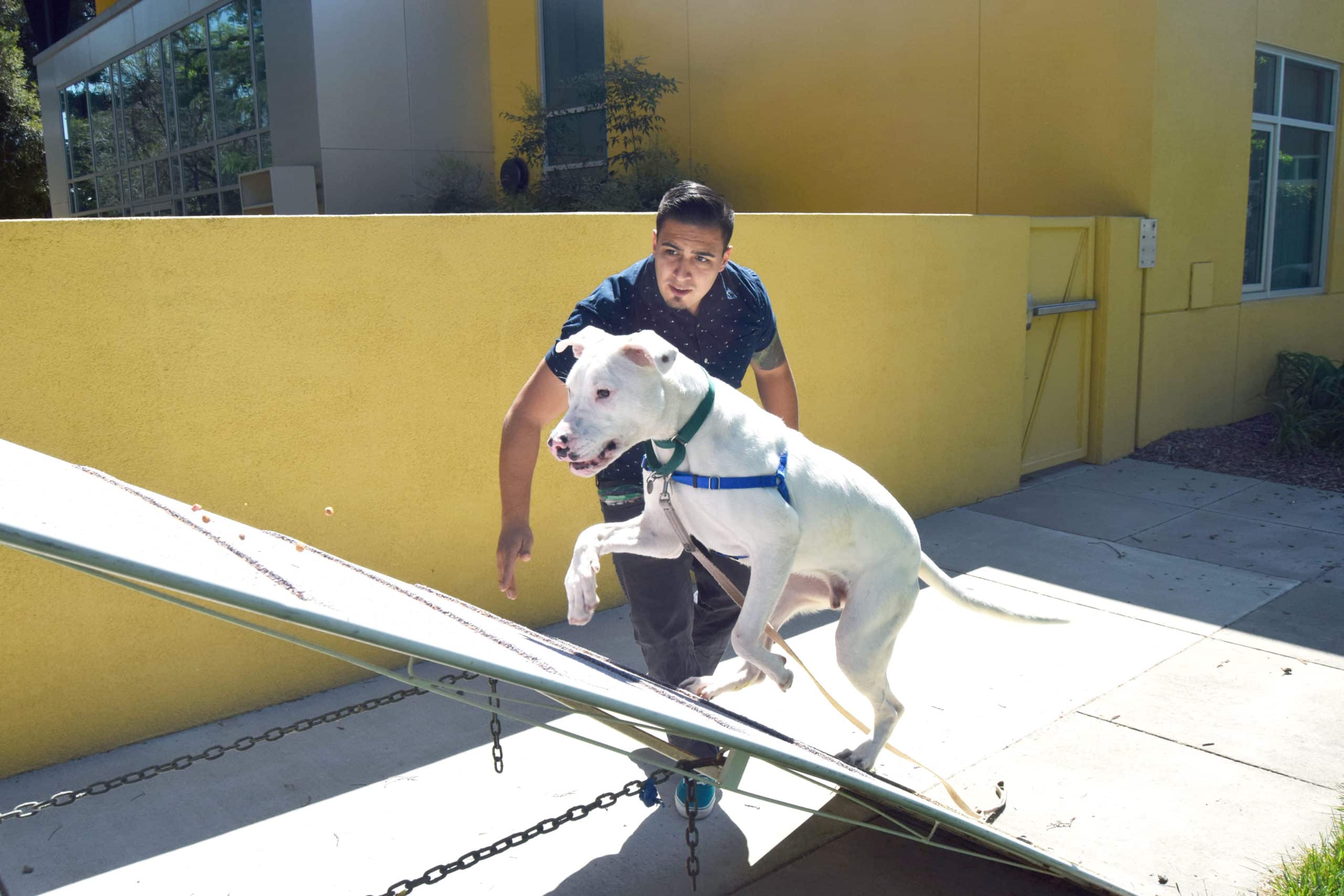This article is part of our series of informational tips for volunteer foster families.
Consider making a long-term difference through short-term care by signing up to foster animals in need.
We’re sure many of you may roll your eyes at the thought of learning how to play with your foster cats and kittens, but we thought we might provide some reminders about how to take advantage of appropriate play.

Playtime can be a helpful opportunity to help cats relieve stress, as well as, keep him/her mentally and physically healthy! It can also help with preventing some inappropriate behavior problems like rough play, ankle attacking, or nocturnal adventures. Several interactive play times through the day especially one shortly before bed, can help to reduce or eliminate these behaviors.
Try to create a session to mimic your foster’s natural hunting behavior. Use a wand toy or feather toy to imitate a small prey like mice or birds. Have the toy soar around the room or slide around the floor in quick jerky movements. Allow the cat to pounce and catch the toy, bat it around, and then move it away to encourage more chase. Always end the play session with allowing your foster to capture the toy.
Provide plenty of toys and rotate them to keep your foster cat/kittens interactions more interesting.
Consider hiding some treats or food around the space to allow for him/her to hunt. You can also request a kitty KONG if you want to try an interactive feeder.
When possible, provide a “cat tv.” A window can provide hours of entertainment, or if you’re up for it, play aquarium videos on a tablet for them to watch.
Play sessions should be long enough to get your foster cat/kitten tired: typically 15-20 minutes depending on age and activity level. About five minutes after the session ends, consider providing a treat or a bit of wet food to mimic your foster eating their catch. Do you best to schedule several play sessions throughout the day and try to make it a routine. This allows your foster cat/kitten to be able to have some control over their environment, so they can anticipate play time. A session prior to bed may help to reduce nighttime antics.



